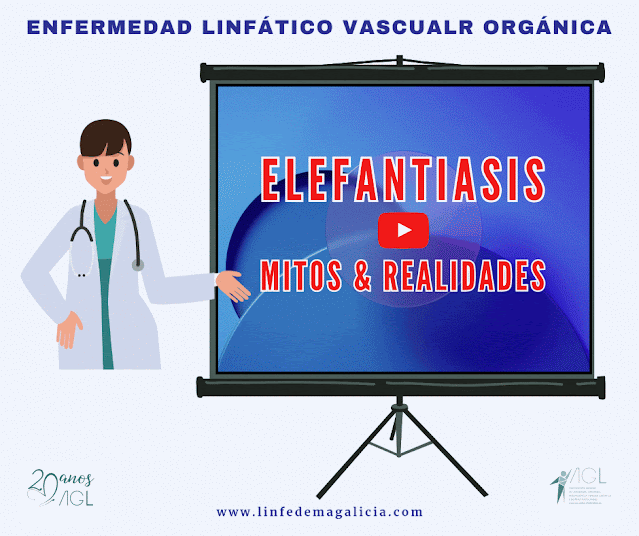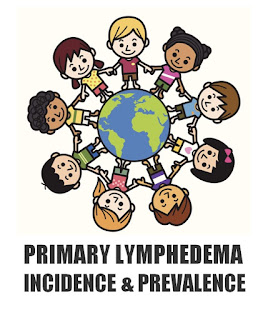Junio es el Mes de la Concienciación sobre el Lipedema, que nos da la oportunidad de visibilizar y hacer del lipedema una prioridad mundial. El lipedema es una enfermedad crónica, dolorosa y progresiva del tejido adiposo que afecta a más del 11% de las mujeres de todo el mundo, y se caracteriza por una hinchazón e inflamación simétrica bilateral de las piernas, muslos y caderas, y desproporcionada con respecto al resto del cuerpo.
Los médicos y los pacientes suelen confundir el lipedema con la obesidad general o el linfedema. Lea más información sobre los síntomas y el tratamiento para Lipedema AQUÍ.


.gif)


.gif)



















